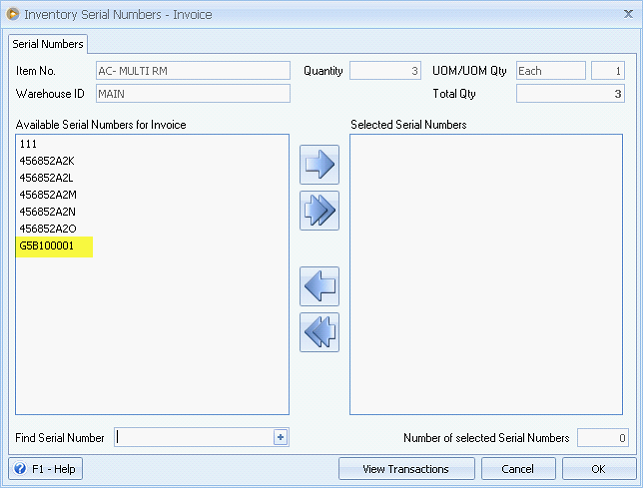

In SAP EWM, you can use the Warehouse cockpit that allows you to display warehouse key figures graphically and to evaluate or monitor activities using defined chart types.In SAP EWM, you can also plan labor times and resources more effectively, and hence you can make your Warehouse efficient by managing key resource management tasks efficiently.You can set an alert for changed data before goods receipt from EWM to the ERP system, reversal or correction of the receipt of the goods from EWM to the ERP system, and an inbound delivery split from EWM to the ERP system.

It allows you to perform executable tasks like work packages, consisting of warehouse tasks warehouse employees should perform as part of warehouse management activities.You can perform deconsolidation of handling units that contain different products before putting them away in different storage sections.SAP EWM also includes storage and handling of hazardous substances and their transportation by the regulations from SAP Environmental Health & Safety EHS.It allows you to control and track vehicles as well as other transportation units from the terminal check-in to yard check-out, including movements and other tasks within the yard.You can determine storage concepts applying to slot for products and optimize the arrangement of goods warehouse automatically.Using SAP EWM, you can command the warehouse activities like picking, posting, and managing storage box and good receipts.The following are the key features in SAP EWM − Key Features of Extended Warehouse Management SAP Extended Warehouse Management enables you to not only monitor the number of goods in the Warehouse but to manage other critical functions and delivery of goods efficiently. You can also manage additional functions in the Warehouse like creating a serial number, batch number, vendor management inventory, resource optimization, and value-added services. With the help of SAP EWM (Extended Warehouse Management), all the goods movement is controlled by a warehouse management system and provides you the tools to monitor warehouse activities. Whenever a material is stored in a warehouse, it is stored in the storage bin and you can find its current location. The inbound process includes the storage of goods in the warehouse and their location and the Outbound process includes picking up the goods. When a company doesn’t store any goods, then there is no need for Warehouse management to manage goods.


The main method in a Warehouse is incoming and outgoing materials, goods receipt and goods issue, fulfill customer orders and distribution of goods. It allows the company to control its Warehouse inbound and outbound processes and the movement of goods in the Warehouse. SAP Extended Warehouse Management (EWM) is applied to efficiently manage inventory in the Warehouse and for supporting the processing of goods movement.


 0 kommentar(er)
0 kommentar(er)
